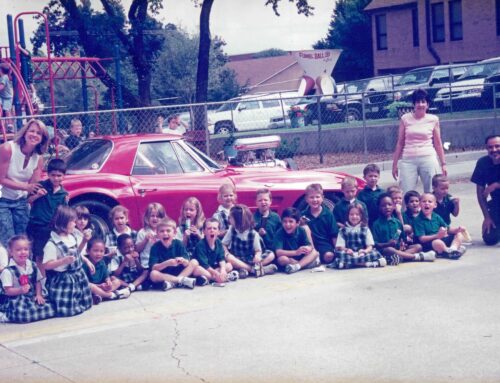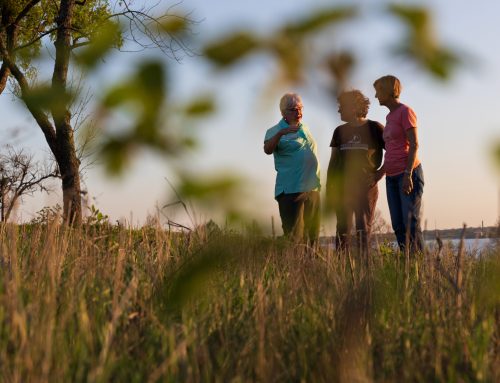One foggy morning in 1977 around 3 a.m., a circa 1884 home chainsawed into three sections made its way gingerly from near downtown to a spacious wooded lot in East Dallas. This slice of history, salvaged by then-Dallasites Musti and Robert Roller, would someday become home to Bob Whisnant and Bob Hopkins.
The home was built by Louis Wagner, who operated a successful grocery store near the present-day Kennedy Memorial. The Victorian now residing on Live Oak is not a delicate structure. From the balloon frame — every stud reaches a full 22 feet from the first floor through the second floor — to the five layers of wood on the exterior, the home is fashioned to endure. The wood is true dimension and was joined with square nails. All this survived years of neglect and decay from the 1940s through the ’70s and, immediately after being moved, weathered 10 rains and two snowstorms before being reassembled. The reward? A place on the National Registry of Historic Places and a return to its former architectural beauty.
“The floor is long-needle pine,” says Whisnant, a professor of Humanities at Eastfield College. “and has a red cast to it. When I first moved in, I thought: red is the last thing I would have picked, but when I waxed it …” The warmth and rustic charm of the surface soon proved ideal. “This house really feels old,” he adds.
The home is not decorated in the lovely-but-predictable period fashion of so many restored Victorians, yet the art, antiques, fabrics and wall colors feel undeniably “at home.” An English pine dresser sit beneath an enormous and whimsical 19th century French wine poster, establishing the entry hall. The colored glass in the stairwell and on either side of the front door are original to the structure. In the next room, a refined dining arrangement features mixed crystal glassware, Spode dinner plates — painted by Herring with hunt scenes — and Wedgwood salad plates. The chest of drawers is 17th century English, and is topped by an oil painting of Hopkins, publisher of Philanthropy in Texas.
Two living areas in the center of the downstairs are open to one another; the owners replaced a narrow doorway with a massive opening topped by transom windows in the fashion of the rest of the interior. Added millwork with bull’s eye corner pieces are authentic — there was additional trim stored in the attic. Comfortable couches and armchairs are accompanied by a hand-painted metal fireplace, collectibles and framed artwork, including a mahogany writing desk, and Hogarth and Audubon prints.
Whisnant, who has traveled often in Europe, says that most of his household furnishings were actually obtained in Dallas and he speaks highly of the selection of collectibles and art here. He says that on one recent trip to Europe he purchased Christmas presents for friends, certain of their unavailability back in the States. Shortly after his return, he discovered many of his choices at local merchants.
There’s really no place like home.





